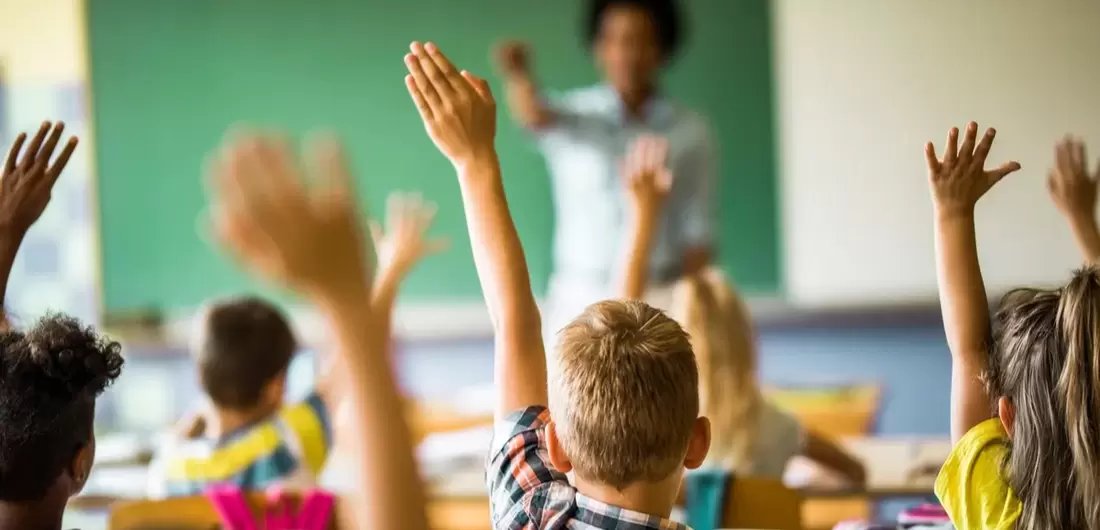A few months ago a colleague asked me why I don't expect our preschoolers (age 3-5) to learn to raise their hand during group gatherings. I explained that I want our gatherings to be authentic joyful groups for sharing story, song, and conversation. I said that I've noticed that when teachers focus on strict "raise your hand" protocol the conversation is diminished. The focus of gathering tends to become about training children in hand raising. When children are trained in this way, the dynamic of give and take seems to be primarily a ping pong between a child and a teacher, and a teacher and a child, rather than an authentic circle of conversation between peers. I've noticed it also turns into copy cat responses from children. They sit there waving their hand, not paying attention, but primarily worried about their weary arm - and then when they are called upon they don't know what to say.
1 Comment
11/2/2022 11:19:23 pm
Daycare can provide a structured environment for children to grow and learn. It can also give parents a break from their daily routine. Choosing a quality daycare can help your child thrive emotionally, socially, and academically.
Reply
Leave a Reply. |
Carol Garboden Murray, M.Ed.Archives
July 2022
Categories |

 RSS Feed
RSS Feed